Talk Overview
Shih describes how DNA can be used as a building material to construct nanoscale objects. A long strand of DNA can be made to fold into a flat “sheet” by introducing short oligonucleotides that base pair with the long DNA strand and form crossovers to hold the structure together. Engineering complementary sticky ends onto some of the “sheets” allows the DNA to self-assemble into 2-dimensional shapes. Ultimately, these flat sheets of DNA can be designed so that they will self assemble into 3-D nanostructures or “DNA origami”, even larger than a ribosome.
In Part 2, Shih describes a complementary DNA building technique that uses DNA “bricks” rather than “sheets” to build 3-dimensional nanostructures. In the last section of his talk, Shih describes some of the practical uses of DNA-nanostructures. For example, DNA nanotube liquid crystals can be used to help align proteins in NMR experiments leading to improved atomic-resolution structures. DNA nanostructures may also prove useful as a mechanism to deliver therapeutics to cells and Shih and his colleagues have investigated the ability of nanostructures of different sizes and shapes to be taken up by cells.
Speaker Bio
William Shih
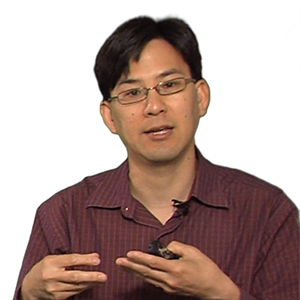
William Shih is an Associate Professor in the Department of Biological Chemistry and Molecular Pharmacology at Harvard Medical School and the Department of Cancer Biology at the Dana-Farber Cancer Institute and a member of the Wyss Institute for biologically inspired engineering. He was a graduate student in the Department of Biochemistry at Stanford University, and… Continue Reading
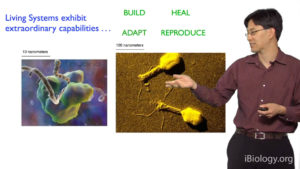
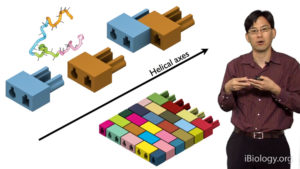
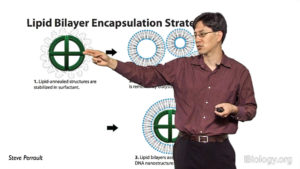
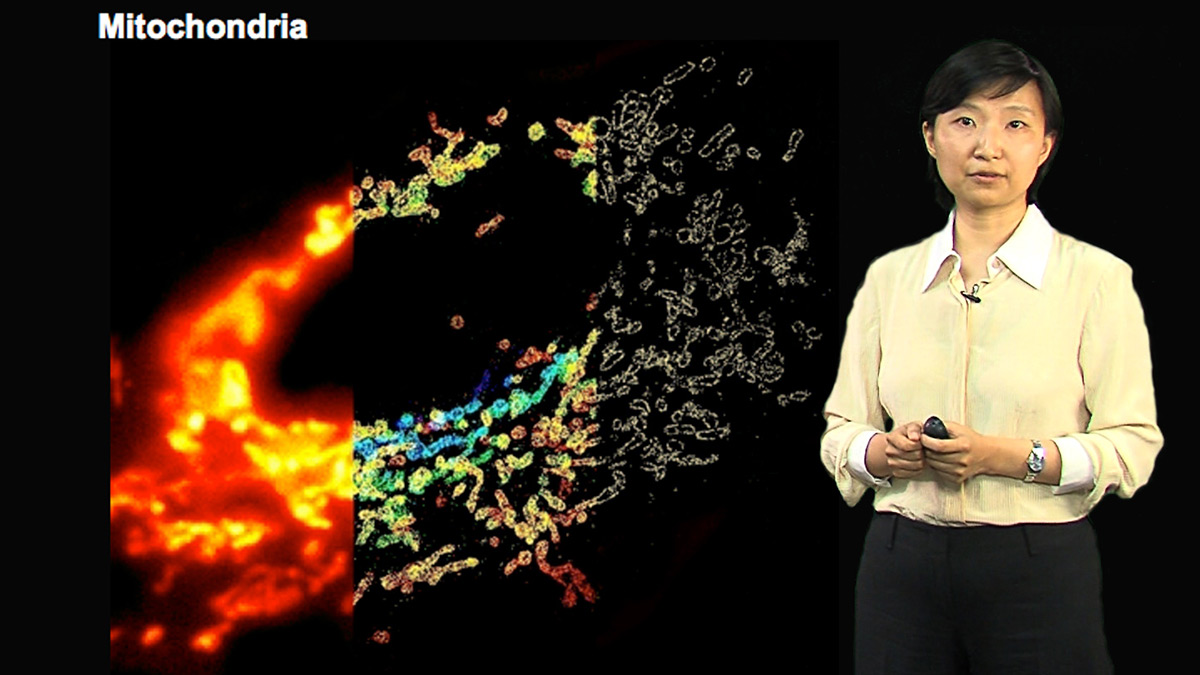
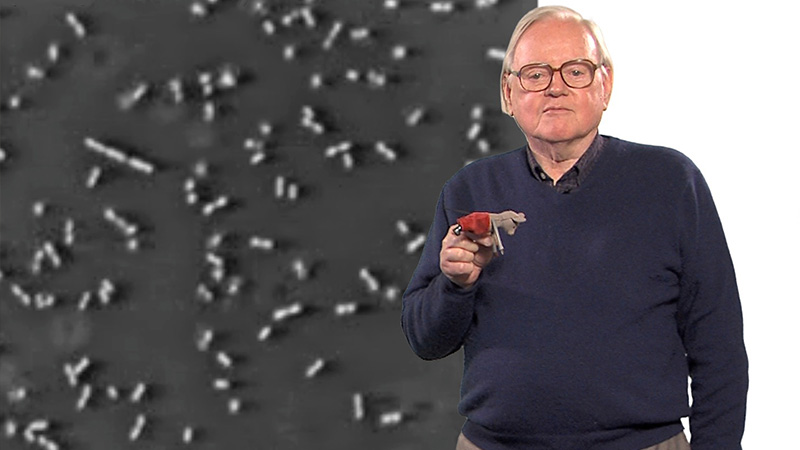
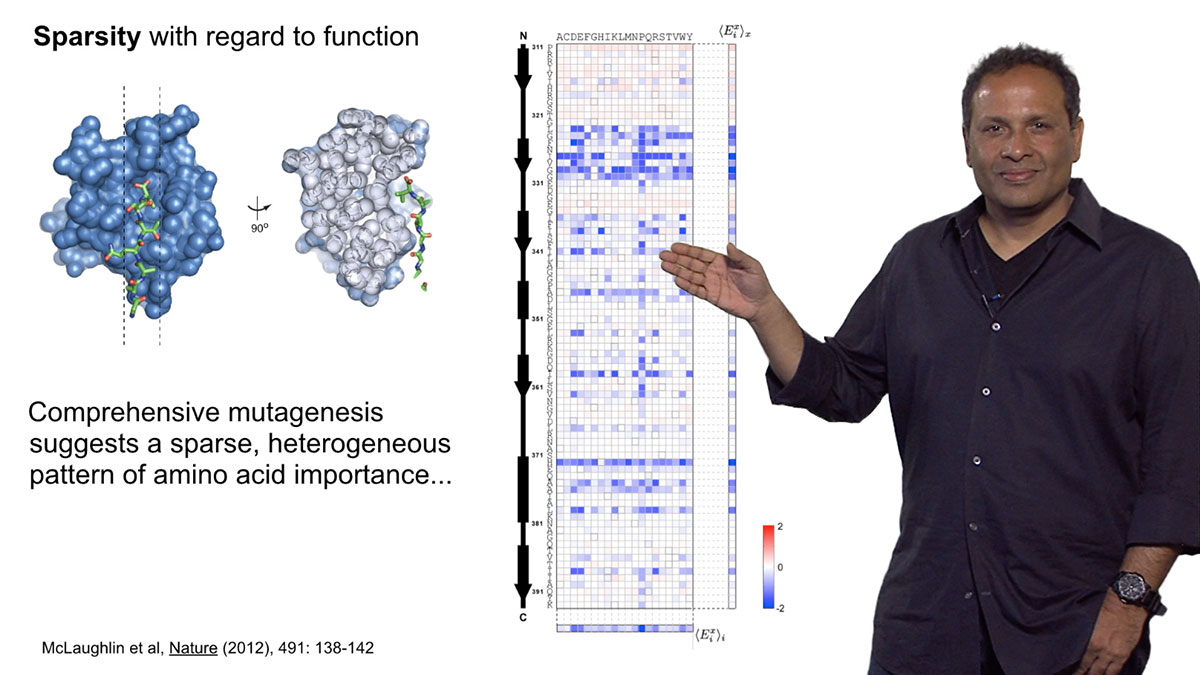
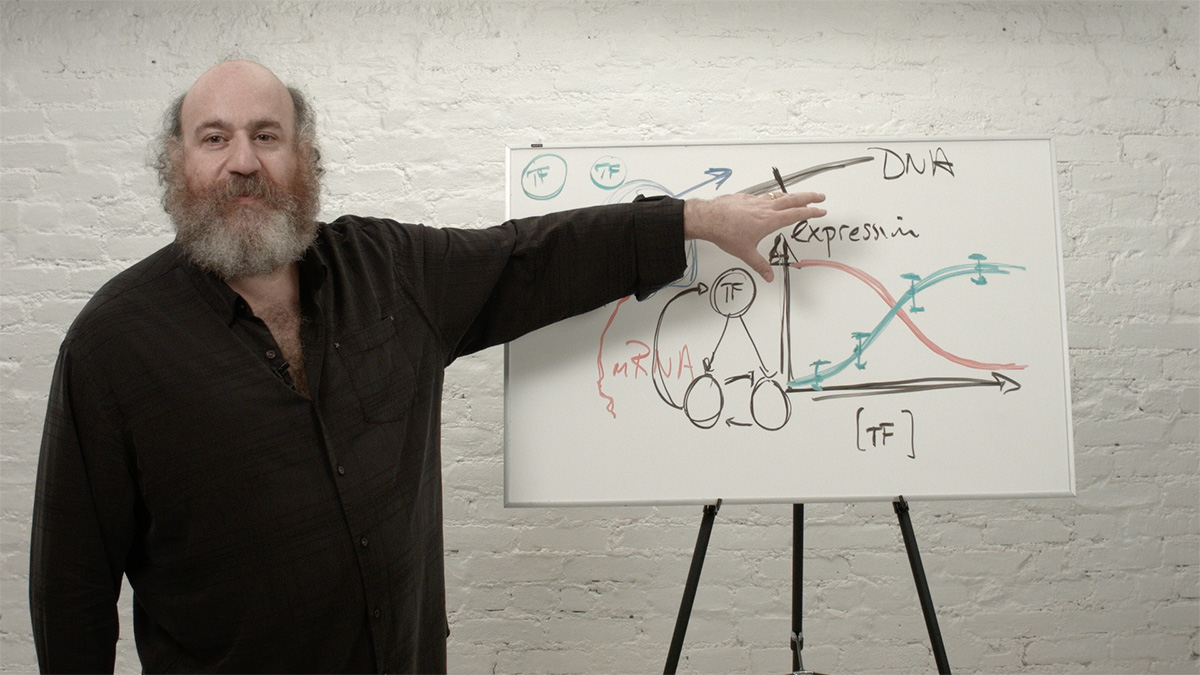





Leave a Reply